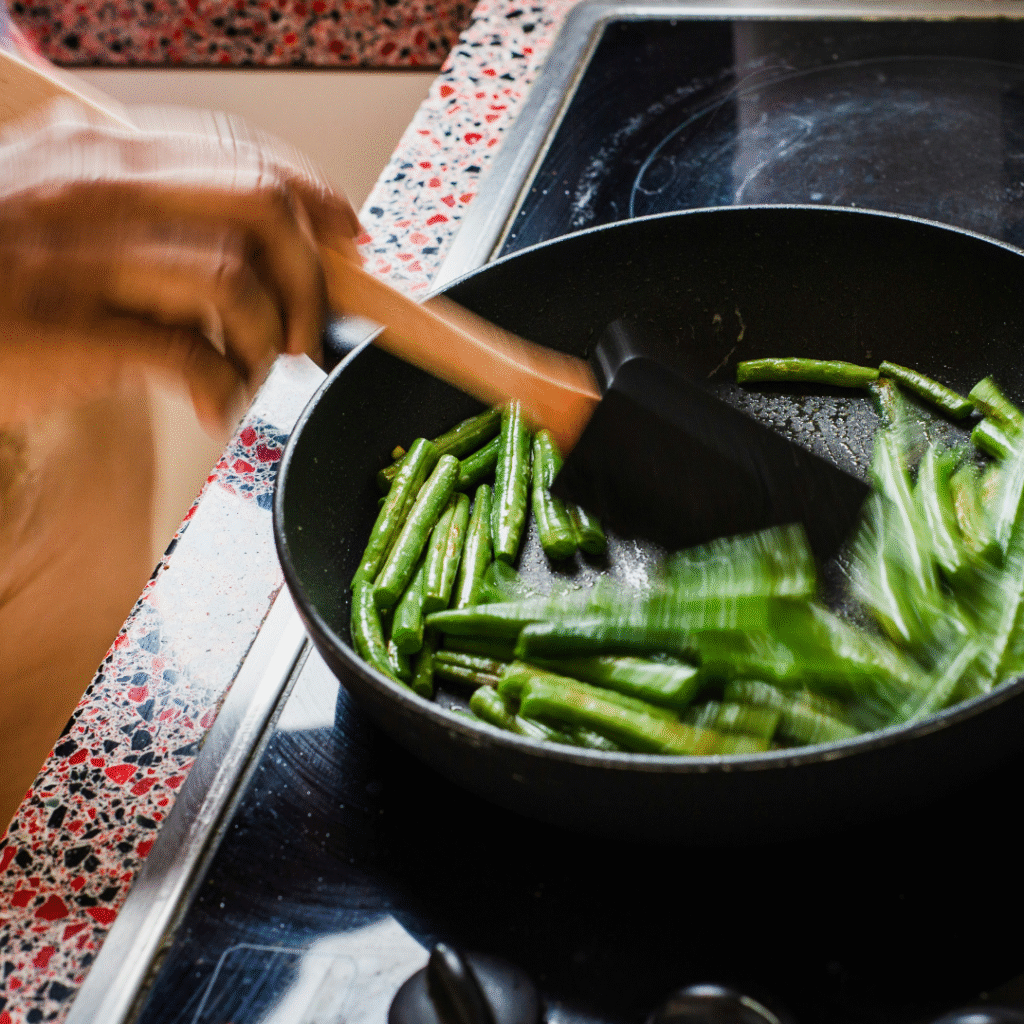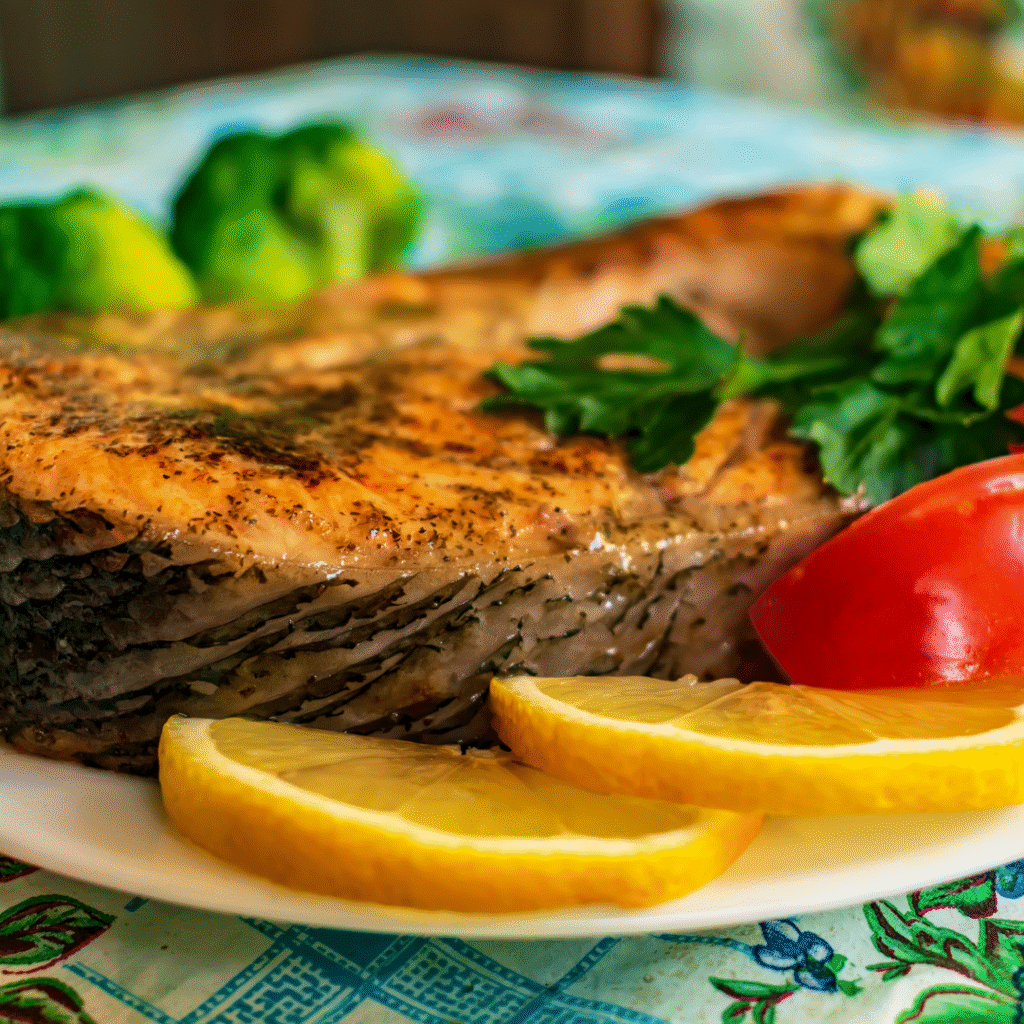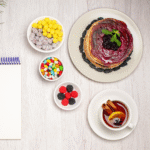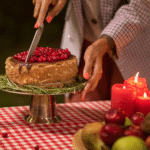Iron is one of the most essential minerals for the human body, and for women, it plays a particularly crucial role in maintaining energy levels, supporting reproductive health, and keeping the immune system strong. Despite its importance, many women worldwide experience iron deficiency, which can lead to fatigue, weakness, and long-term health concerns. The good news is that iron deficiency can often be prevented or managed with the right food choices. By including iron-rich foods in your diet, you can support your overall well-being naturally.
In this article, we’ll explore why iron is so important for women, the daily requirements, the best food sources, and how you can combine certain foods to improve absorption.
Why Iron Matters for Women
Iron has the critical job of helping your body produce hemoglobin, a protein in red blood cells that carries oxygen from your lungs to the rest of your body. Without enough iron, your body struggles to make sufficient hemoglobin, leaving you feeling tired and less able to concentrate.

For women, iron is especially important because of monthly menstrual cycles, pregnancy, and sometimes higher dietary needs during breastfeeding. These natural life stages make women more vulnerable to low iron levels compared to men.
Iron also plays a role in supporting the immune system, cognitive function, and muscle health. Adequate iron levels help women maintain stamina throughout the day, balance hormonal health, and reduce the risk of anemia, a common condition caused by iron deficiency.
How Much Iron Do Women Need?
The recommended daily allowance (RDA) for iron depends on a woman’s age and stage of life. Women between 19 and 50 years old typically require around 18 mg of iron per day. During pregnancy, this need increases to about 27 mg daily due to the body’s increased blood volume and the baby’s development. After menopause, iron requirements decrease to about 8 mg daily since monthly blood loss no longer occurs.
Because dietary needs are higher during certain stages, women must be mindful of incorporating iron-rich foods regularly to meet their body’s demands.
Types of Iron in Food
Before exploring the food sources, it’s important to know that not all dietary iron is the same. Iron comes in two main forms:
-
Heme Iron: Found in animal-based foods such as red meat, poultry, and fish. This type of iron is absorbed more efficiently by the body.
-
Non-Heme Iron: Found in plant-based foods such as beans, lentils, spinach, and fortified grains. While absorption is lower compared to heme iron, pairing these foods with vitamin C-rich options (like oranges, tomatoes, or bell peppers) can significantly boost absorption.
Both forms are beneficial, and a balanced diet with a variety of foods can help ensure you get enough iron.
Top Foods Rich in Iron for Women

1. Lean Red Meat
Lean red meat such as beef and lamb is one of the best sources of heme iron. A small portion of beef can provide a significant amount of your daily requirement. Because the iron in meat is easily absorbed, it can be especially helpful for women who have higher needs. Choosing lean cuts ensures you get the benefits of iron without excess saturated fat.
2. Poultry
Chicken and turkey are excellent sources of heme iron. While poultry contains slightly less iron than red meat, it is still a valuable addition to a balanced diet. Dark meat portions, such as thighs, generally contain more iron than white meat. Including poultry a few times a week can help support steady iron levels.
3. Fish and Seafood
Certain types of fish and seafood are rich in heme iron and also provide heart-healthy omega-3 fatty acids. Oysters, clams, sardines, and tuna are all notable for their iron content. Seafood not only boosts iron but also provides essential nutrients like zinc and vitamin B12, which support overall health.
4. Leafy Green Vegetables
Leafy greens are among the best plant-based sources of iron. Spinach, kale, Swiss chard, and collard greens all provide non-heme iron along with important antioxidants, fiber, and vitamins. Because absorption is lower for non-heme iron, pairing leafy greens with a vitamin C-rich food such as citrus fruits or bell peppers can maximize their benefits.
5. Legumes
Beans, lentils, and chickpeas are excellent vegetarian-friendly sources of iron. They are also high in protein and fiber, making them a filling addition to meals. Black beans, kidney beans, and lentils are particularly rich in iron. Adding legumes to soups, salads, and curries is an easy way to boost iron intake.
6. Nuts and Seeds
Nuts and seeds like pumpkin seeds, cashews, almonds, and sesame seeds provide non-heme iron along with healthy fats and protein. Pumpkin seeds are particularly rich in iron, making them a great snack option for women who want to increase their intake naturally. Pairing seeds with fruit can enhance absorption and create a nutrient-dense snack.
7. Fortified Grains and Cereals
Many breakfast cereals and whole grains are fortified with iron, making them a convenient option for meeting daily needs. Whole wheat bread, quinoa, and oatmeal naturally contain iron, and fortified varieties can further boost your intake. Eating fortified cereals with fruit high in vitamin C, such as strawberries, can help your body absorb the iron more effectively.
8. Dried Fruits
Dried fruits like raisins, apricots, and prunes are easy, portable snacks that contain moderate amounts of non-heme iron. They are also high in natural sugars and fiber, giving you quick energy while supporting digestive health. Including dried fruits in trail mixes or as toppings for oatmeal is a simple way to add more iron to your diet.
9. Eggs
Eggs are another food that provides a modest amount of iron, mainly in the yolk. They are versatile, nutrient-dense, and contain protein, vitamins, and minerals. Pairing eggs with vegetables high in vitamin C, such as tomatoes or bell peppers, can help your body absorb the iron more efficiently.
10. Tofu and Soy Products
Tofu, tempeh, and other soy-based foods are excellent sources of iron, especially for vegetarians and vegans. Tofu is not only rich in iron but also provides calcium and protein, making it a powerhouse food for women who prefer plant-based diets. Cooking tofu with vegetables like broccoli and adding a splash of lemon juice can help boost iron absorption.
Tips to Improve Iron Absorption
Eating iron-rich foods is only one part of the equation. How your body absorbs the iron matters just as much. Here are some practical tips to improve iron absorption:
-
Pair iron-rich foods with vitamin C sources such as oranges, strawberries, or tomatoes.
-
Avoid drinking tea or coffee with meals, as they contain compounds that can reduce absorption.
-
Cook in cast iron pans, which may slightly increase the iron content of your food.
-
Include a mix of both heme and non-heme iron sources in your diet for better balance.
Signs You May Need More Iron
While only a healthcare provider can diagnose iron deficiency, being aware of common signs can help you pay attention to your body. Symptoms of low iron levels may include constant fatigue, pale skin, frequent headaches, brittle nails, and shortness of breath during regular activities. If you experience these symptoms, it is worth reviewing your diet and ensuring you are consuming enough iron-rich foods.
Building a Balanced Iron-Rich Diet
The key to maintaining healthy iron levels is variety. Instead of focusing on just one or two iron-rich foods, aim to include a wide range of options throughout the week. A day’s diet might include oatmeal topped with raisins for breakfast, a spinach and lentil salad for lunch, grilled chicken with quinoa and roasted vegetables for dinner, and a handful of pumpkin seeds as a snack. This approach ensures not only enough iron but also a broad spectrum of nutrients that support women’s health.
Conclusion
Iron is a vital mineral that women need in adequate amounts to maintain energy, reproductive health, and overall well-being. Because women often have higher iron requirements, incorporating iron-rich foods into daily meals is essential. From lean meats and seafood to leafy greens, legumes, nuts, seeds, and fortified grains, there are plenty of delicious and natural options to choose from. By being mindful of absorption factors and maintaining variety in your diet, you can meet your body’s iron needs and support your long-term health naturally.
A balanced lifestyle supported by nutritious food choices is one of the most effective ways to ensure that your body gets the iron it requires. By focusing on whole foods and smart combinations, women can take charge of their health and prevent common deficiencies, leading to better energy, vitality, and overall wellness.




